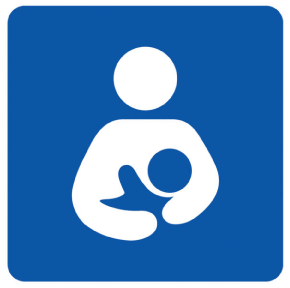Exercise during breastfeeding
 Women transfer about 200 mg of calcium per day to breast milk. Over 6 months, that could be up to 9% of bone mineral density.
Women transfer about 200 mg of calcium per day to breast milk. Over 6 months, that could be up to 9% of bone mineral density.
Researchers from the University of North Carolina at Greensboro studied the potential of exercise to slow this bone loss.
First, the details.
- 4 weeks after delivery, 20 women were randomly assigned to a treatment group.
- Exercise group: weight bearing aerobic exercise (3 days per week for 45 minutes each) and 3 days per week of resistance exercise
- Control group: no exercise for 16 weeks.
- Body composition and bone mineral density (BMD) were measured at the lumbar spine, hip, and total body.
- Maximal strength and predicted maximal oxygen consumption were determined.
And, the results.
- The exercise group lost significantly less lumbar spine BMD than the control group (-5% vs -7%).
- There were no significant differences in total body and hip BMD.
- Both groups lost fat mass; however, the exercise group lost significantly less lean body mass (-1kg vs -2kg).
- Maximal strength increased more with exercise, and oxygen consumption increased in both groups.
The bottom line?
“Bone mass usually returns to prepregnancy levels with cessation of lactation but not in all women,†according to the authors.
These findings suggest that “resistance and aerobic exercise may slow bone loss during lactation.â€
There’s concern among lactating moms over how the build-up of lactic acid during exercise might affect the baby’s interest in feeding. Dr. James Clapp (Exercising Through Your Pregnancy) says, “Unless exercise intensity is very high [above the aerobic threshold], there is little change in lactate levels in either maternal blood or breast milk.”
BabyFit.com advises, “Even if you partake in frequent interval training at an intensity that exceeds your anaerobic threshold, this may only altar the taste and decrease infant receptivity due to an increase in lactic acid levels in the milk. Again, this will cause no harm to the baby and will disappear in an hour or two.”
This latest research further supports the value of exercise during breast-feeding.
10/2/09 7:01 JR